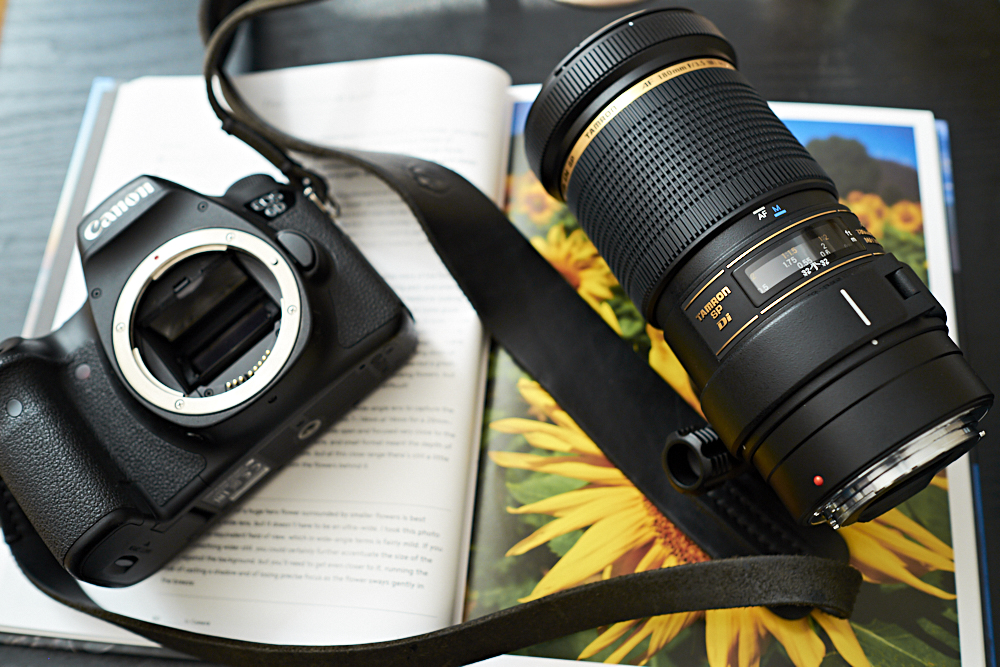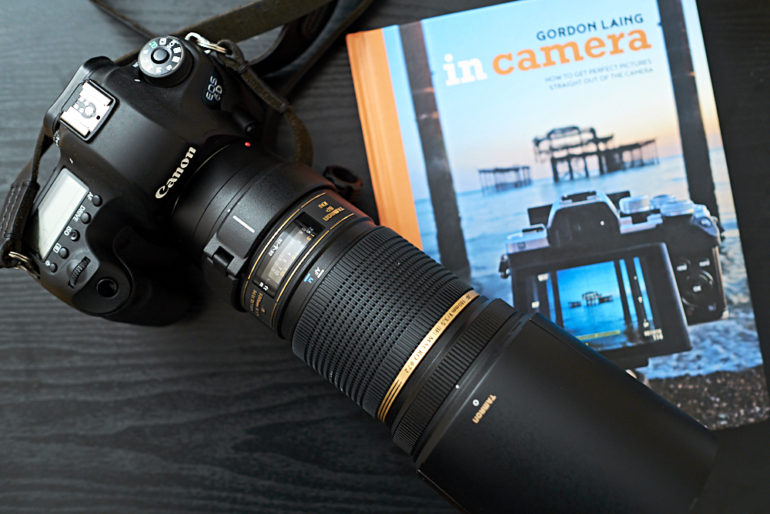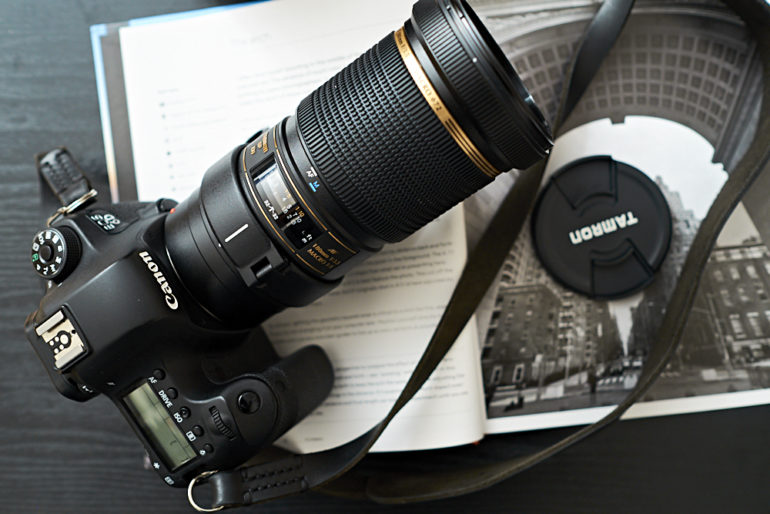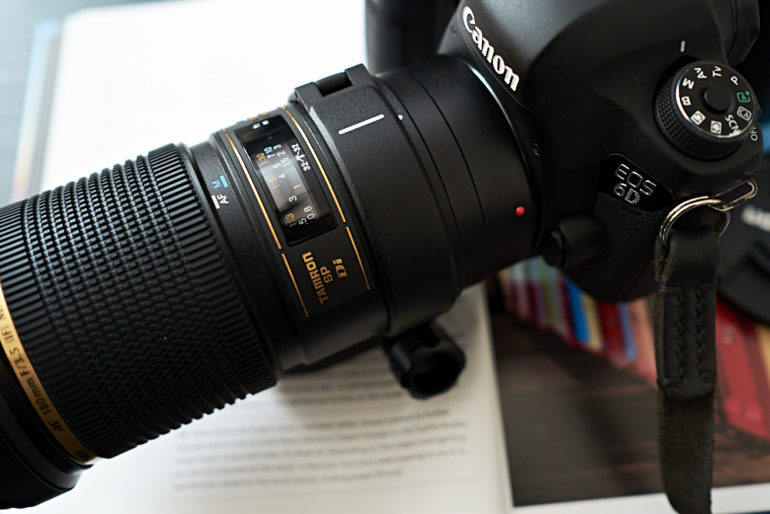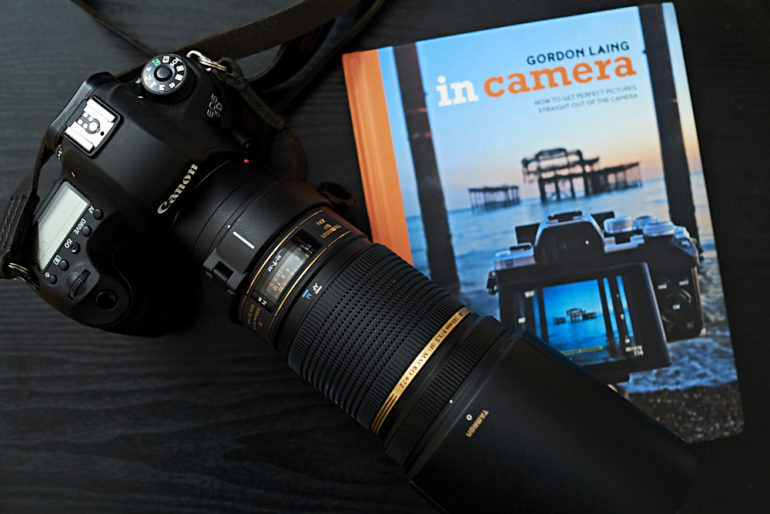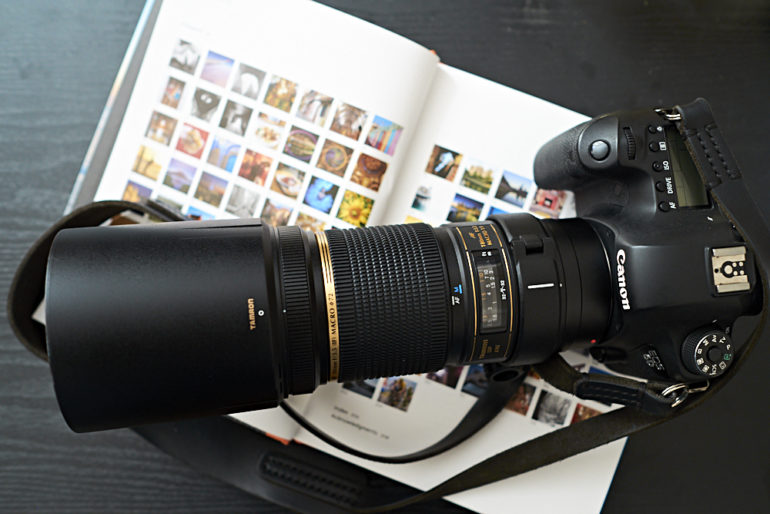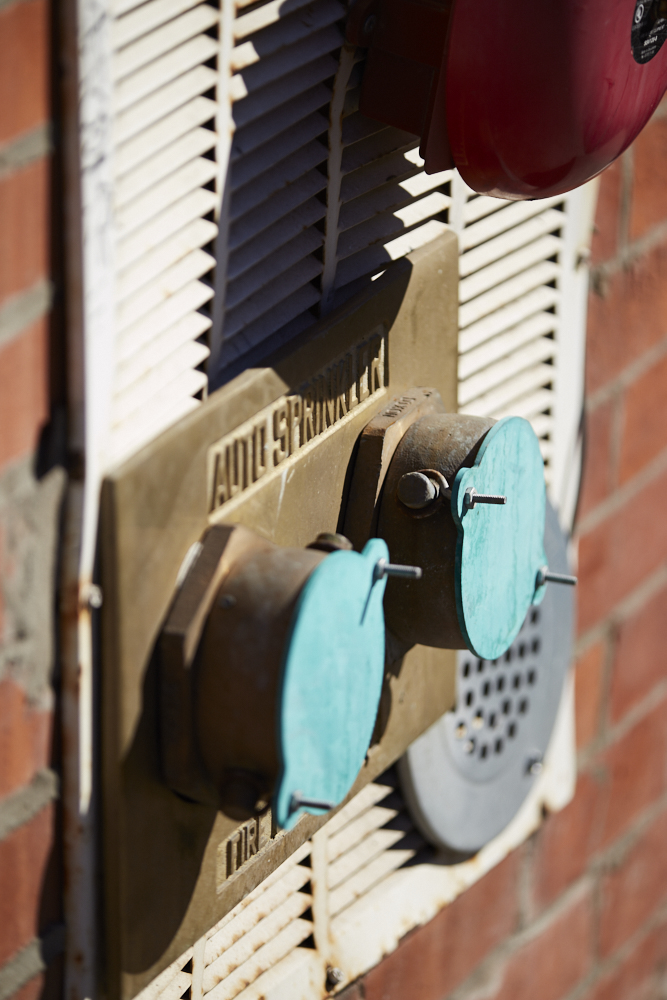Before the company started to really revamp their lenses, Tamron’s offerings were actually pretty darn good to start. So on a whim of curiousity, I decided to try the Tamron AF 180mm f3.5 Di SP A/M FEC LD (IF) 1:1 Macro–surely a long telephoto macro lens will have to be great, right? Truthfully, it really is; but it isn’t without its own faults partially due to how DSLR cameras work. Though for the enthusiast photographer, you’ll probably really appreciate what it’s capable of.
And at the same time, you’ll need to shoot it like a pro.
Pros and Cons
Pros
- Great colors
- Nice bokeh
- Pretty good sharpness
- No major chromatic aberration issues
- Very fair price point
Cons
- Could desperately use image stabilization
- Autofocus motors sound like a shredder trying desperately to dispose of a credit card and failing terribly.
- You’ll really need to micro-adjust this lens.
Gear Used
We tested the Tamron AF 180mm f3.5 Di SP A/M FEC LD (IF) 1:1 Macro lens with the Canon 6D and the Adorama Flashpoint Zoom Lion flash.
Tech Specs
Specs taken from the Tamron Europe website.
| Focal Length [mm] | 180 |
| Maximum Aperture | F/3.5 |
| Minimum Object Distance [m] | 0.47 |
| Maximum Magnification Ratio | 1:1 |
| Filter Size [mm] | 72 |
| Weight [g] | 985 |
| Item No | B01 |
| Groups-Elements | 11-14 |
| Angle of view | 14 |
| Diaphragm Blades | 7 |
| Minimum Aperture | F/32 |
| Diameter x Length [mm] | 84.8 x 165.7 |
| Available Colors | Black |
Ergonomics
The Tamron 180mm f3.5 Macro lens is overall a pretty large lens. If you’re used to working with small primes, this is sort of like working with a 70-200mm f2.8 equivalent lens of some sort. Of course, it has all the token monikers of an older Tamron lens–like the golden rings for example.
When you take the lens hood off, you’ll see that the lens package becomes much smaller. It’s dominated mostly by that highly textured focusing ring. Then behind that is the focusing scale and behind that is the tripod collar.
The focusing ring is one that Tamron decided would make a whole lot of sense to make manual focusing simple. For example, the focusing ring can snap back to go into manual focus mode.
Build Quality
This lens isn’t like the brand new SP lenses from Tamron. It isn’t weather sealed, have a metal exterior, the new carefully chosen font, or that unique and really nice Tamron texture that I like. Instead, a lot about it screams old school. That’s not all bad though–the focusing ring’s almost excessive extra texture is pretty nice in the hand.
However, I have to say that I’m eager to see a replacement for this lens.
Ease of Use
For the most part, this is a very typical autofocus lens. You slap it onto the camera, point, focus and shoot. That’s pretty simple. But then consider the fact that it’s a macro lens. Sometimes it can be slow to focus. Luckily, it’s very tough to accidentally switch the lens into manual focus; so you can leave off where you were essentially working before.
Autofocus
If I had any major complaint about this lens, it would be the autofocus. Tamron’s newer autofocus lenses are very snappy and easy to focus with. This one though is absolutely showing its age. It grinds, and does so very slowly. Couple the slow focusing, long focal length and lack of image stabilization and you’re setting yourself up for disappointment. By the time the lens is in focus you’ve probably moved the focus plane from your intended spot due to camera shake and trying to control your breath. Admittedly, it’s annoying and Tamron’s 90mm f2.8 Di VC USD SP is leaps and bounds better when it comes to focusing and being simpler to use in comparison.
Then you need to consider the fact that DSLRs have always have the major issue of things not being in focus due to micro adjustment being needed. If you micro adjust (AF Fine tune) the lens, you’ll get spectacular results. But also if you stop down a bit, you’ll also get good and often sharp enough images–albeit they’ll still be slightly out of focus.
To get the most of this lens, affix it to a tripod and just be careful.
Image Quality
Luckily, the autofocus issues don’t really affect the image quality of the Tamron 180mm f3.5 macro lens. It’s pretty fantastic when it comes to image quality and that’s a testament to what Tamron has always been able to create. My favorite thing about this lens? I’m pretty torn honestly between the color and the bokeh.
Bokeh
Japanese lens manufacturers have this obsession over bokeh; and what you’re getting here is really nice bokeh. Of course, it’s a shallow depth of field long telephoto lens. Objectively speaking, it’s pretty impossible to get bad bokeh here.
Chromatic Aberration
What I’m perhaps most surprised by though is that this lens exhibited no real chromatic aberration of any sort. Technically speaking it’s pretty perfect as long as you can micro adjust it.
Color Rendition
Oh man! That color. I really love it. It’s not film-like at all, instead it’s clearly very digital in its color rendition. It’s not like the newer SP lens coloring which is very unique but when you combine it with the right white balances (Tungsten or Daylight) you’ll get really beautiful colors.
Sharpness
Again, if the lens is micro adjusted, you’ll get spectacularly sharp images.
Extra Image Samples
Conclusions
Likes
- Colors are really nice
- Bokeh is good
Dislikes
- Metaphorically speaking, you’ll need to tame the beast. But this isn’t really the fault of the lens in total.
The Tamron 180mm f3.5 Macro lens is honestly one that’s fantastic for most enthusiasts and professionals who keep it locked down onto a tripod and shoot in a studio with a flash to get the most from the colors and the sharpness. This is due to the lack of image stabilization and also partially due to how DSLR cameras focus. As a lens itself though, it really isn’t bad at all. You’ll just need to do some extra work with it to get its best results–especially if you’re coming from the mirrorless camera world and have never micro adjusted a lens before.
The Tamron 180mm f3.5 Macro lens receives four out of five stars.


